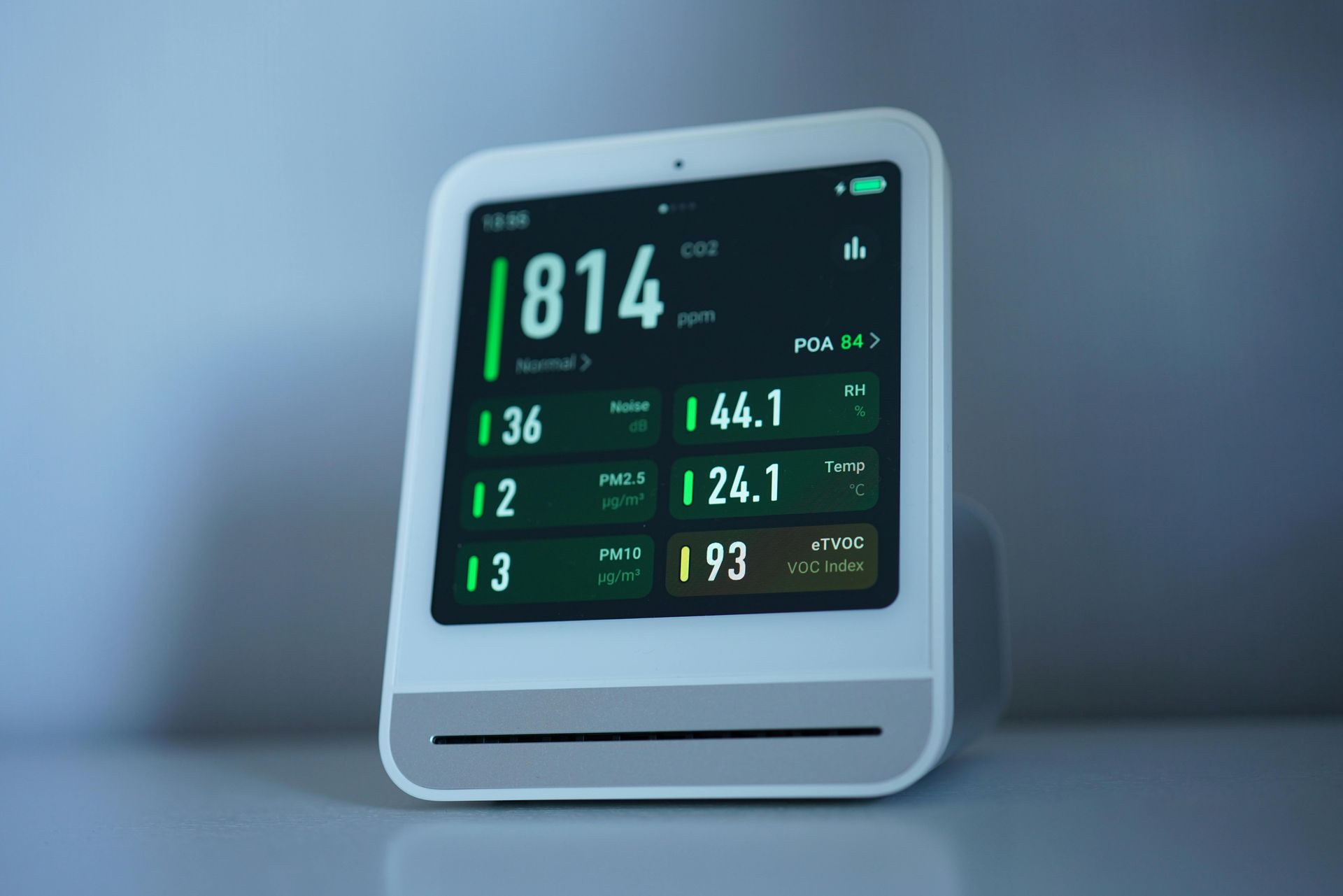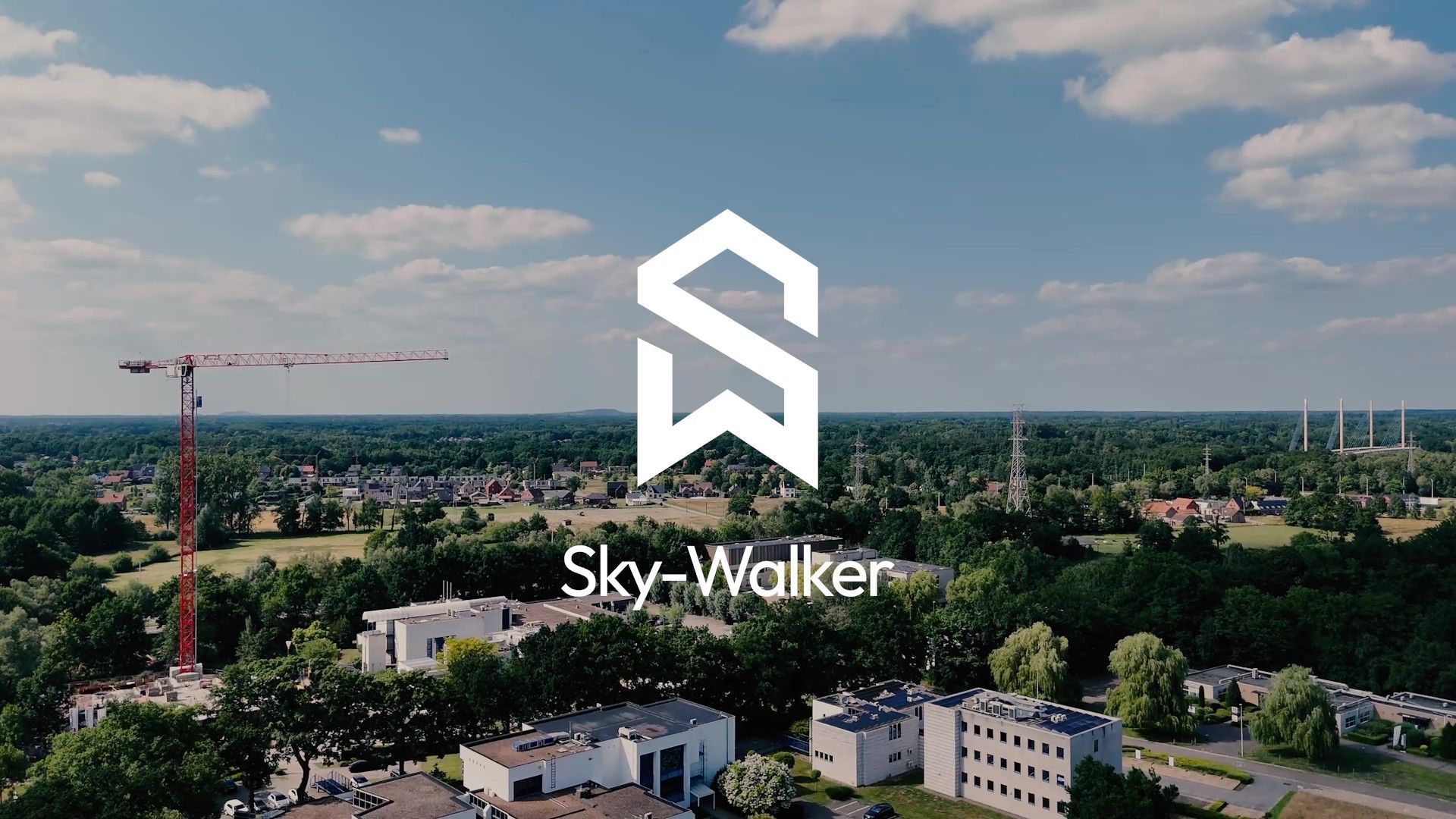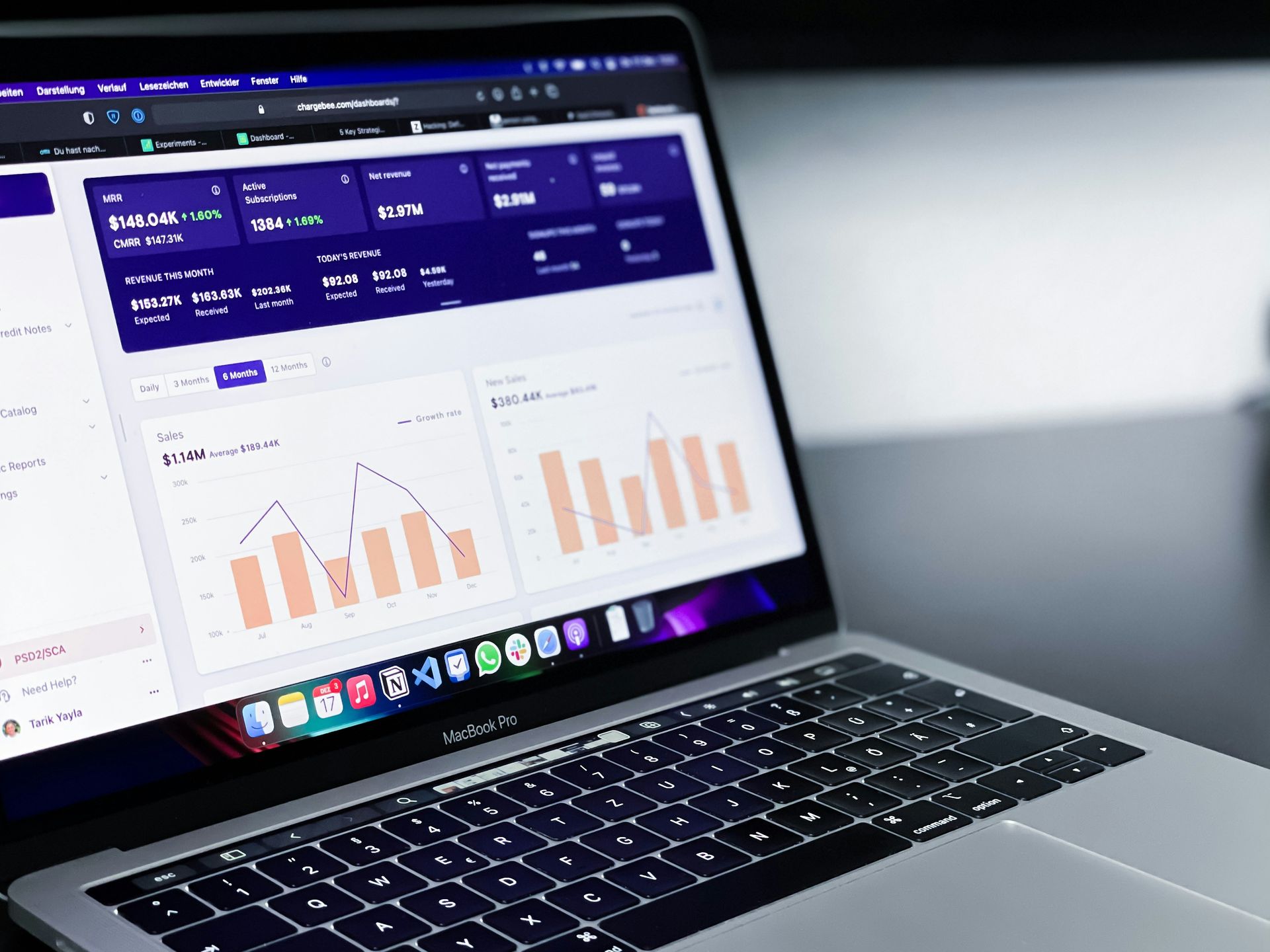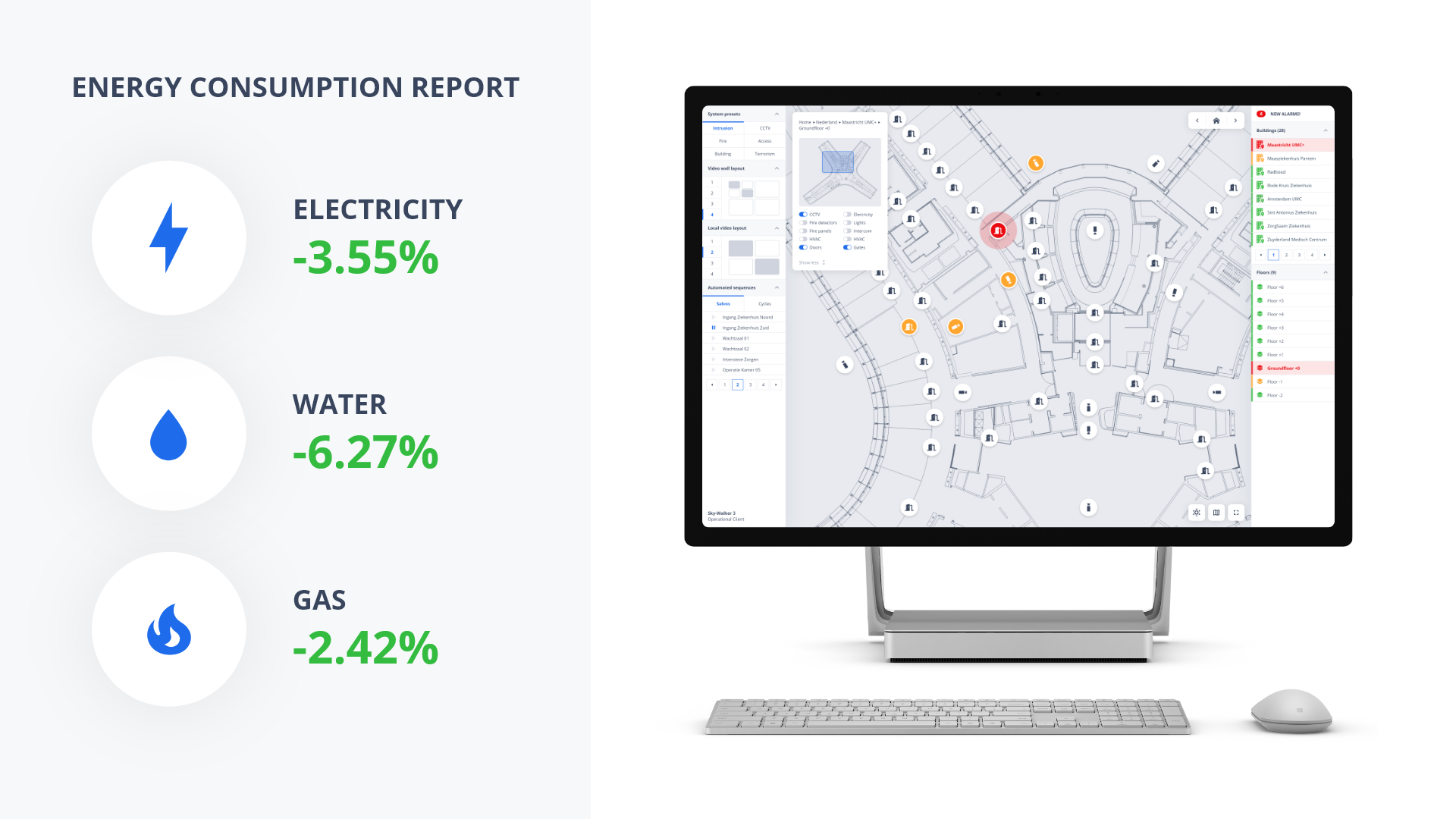What are the buildings of tomorrow?
The world is changing and will continue to become more and more digital. The world is evolving and so are the environments, and you will be able to discover through a complete blog article that cities and buildings are being intelligently transformed.
1 - Smart city
The recent years and the ones to come have witnessed the development a new kind of urban environment called smart or intelligent cities. They are defined as digital ICT-friendly environments that digitize and connect all main services and enterprises. These work together to create a coherent whole which ensures safe, secure, clean, and efficient surroundings for the cities’ residents and visitors.
In this latest blog post published by Entelec, we tackle the topics of smart buildings which are the fundamental constitutive parts of a smart city. Then, we go over what actually makes a city smart and how they improve life’s quality in general. Lastly, we will also briefly discuss data collection and its ethical aspect as well as the potential future developments for smart cities.
2 - Smart building
Since, smart cities are logically composed of a collection of smart buildings, it is crucial to understand what they entail. These buildings can work as individual entities. However, when grouped together they create a safe, sustainable and highly connected environment for anyone who may live in it for more or less extensive period of time. Therefore, a smart building is characterized as a building which allows security, safety and comfort systems to be inter-connected. Once connected with one another, they create a synergy between them that benefits both the users and the building itself.
Connecting different essential systems with sensors, such as lights, electricity meters, water meters, heating, pumps, alarms, and control systems, is the first step to be taken in order to establish a smart building. Adding on to that, it is also primordial to incorporate access systems and elevators in the overarching management software.
Smart buildings have a variety of advantages, including increased productivity, sustainability, and energy savings. They benefit both the owner and the occupants who are operating within them. Thanks to the hypervision of the different systems operating in the building, it will also assist sustainability efforts and improve decision-making throughout the business procedures.
However, smart buildings do not only offer advantages, they can also behoove risks mainly related to cyberattacks and cybercriminality in general. All the systems which are connected can be targeted by exploiters who want to penetrate the buildings IT system. The attackers would then be able to mess with data or block some particular functions from the building.
3 - What makes a city smart?
There are three fundamental pillars which form a smart building. The first one is the overruling integration of technology in every actions taken by the citizens living within that community. The smart city is composed an incredibly high number of sensors and smartphones, and all these are connected with high-speed communication networks in order to follow the citizen in all his/her moves throughout the day. The second pillar consists of specific application used within the city. The different applications will make sure that raw data is put into good use which will benefit not only city, but the citizen him/herself. This is where technology providers such as Entelec come in. Thanks to our Sky-walker open-integration platform, we can ensure such principle. The third and last pillar is the applications’ actual usage time. By integrating a smart city community, new habits need to be created in order to properly manage the environment. Therefore, it requires citizens to switch and upgrade to new habits depending on the city’s current needs. For instance, depending the sources available at the moment, it might be needed to change routes, use less energy, less water and use the transit during off-hours. So, citizens should not be reluctant to change.
4 - Improve the urban quality of life
4.1 Crime and public safety
While there is no fast answer for crime, organizations may utilize data to better allocate precious resources and manpower. Real-time crime mapping, for example, uses statistical analysis to show patterns, whereas predictive policing goes a step further by anticipating crime to prevent instances from occurring. When events occur, technologies such as gunshot detection, smart surveillance, and home security systems can help law enforcement respond more quickly. Data-driven police forces must be used in such a way that civil rights are safeguarded and the criminalization of certain barrios or population groups is avoided. However, data-driven policing must be implemented in a way that protects civil liberties while avoiding criminalizing specific neighborhoods or demographic groups. When lives are at stake, seconds count, so first responders must be quick to arrive at the scene of an emergency. Smart systems can optimize call centers and field operations, while traffic-signal preemption provides emergency vehicles with a clear driving path.
4.2 Daily commutes can become more fluent
Data based policing must be implemented in such a manner that civil rights are protected and that particular neighborhoods or populations are not criminalized. When lives are at stake, seconds count, so first responders must be quick to arrive at the scene of an emergency. Smart systems can optimize call centers and field operations, while traffic-signal preemption provides emergency vehicles with a clear driving path.
4.3 Cities can help with managing health
The most important differences in the developed world may be made with applications that assist in preventing treating and monitoring chronic illnesses like as diabetes or cardiovascular diseases. Remote patient monitoring technologies offer the potential to cut health-care costs in high-income cities. These systems employ digital equipment to capture vital readings, which are then securely transmitted to doctors at another place for evaluation. This information can notify both the patient and the clinician when early intervention is required, preventing problems and hospitalizations. Cities may utilize data and analytics to identify demographic groups with high risk profiles and more accurately focus actions.
4.4 Cleaner environments
In cities with high household water usage, water consumption tracking, which combines improved metering with digital feedback messages, can drive people toward conservation and lower consumption by 15%. Leakage from pipes is the most common form of water waste in many parts of the developing world. The use of sensors and analytics can reduce losses by up to 25%. Pay-as-you-throw digital tracking applications, for example, can cut solid waste per capita by 10 to 20%. Overall, communities can save 25 to 80 liters of water per person per day and 30 to 130 kg of unrecycled solid waste per person per year.
Air-quality sensors cannot immediately solve pollution's causes, but they can identify the origins and serve as a starting point for further action. By regularly tracking pollution sources and controlling traffic and development accordingly, Beijing was able to lower harmful airborne contaminants by around 20% in less than a year. Individuals can take protective precautions by sharing real-time air-quality information with the public via smartphone apps. Depending on existing pollution levels, this could lessen harmful health consequences by 3 to 15%.
5 - Data collection
Data collection in smart cities is made feasible by a variety of mechanisms that allow for the collection of private and sensitive information about people. Data collection has now become a necessary part of life; but, for many people, it still feels like an invasion, especially in light of growing worries about data privacy. Researchers and data scientists all around the world are continually trying to reduce the danger of privacy breaches and to educate people on how to use technology safely.
In the context of smart cities, data collection must be ethical in order to uphold justice and gain citizens' trust. Smart cities with a weak control mechanism can become increasingly intrusive and difficult to manage due to a lack of effective policies. Governments must establish a set of policies to streamline the process in order to improve people's lives and bring good change to cities.
The primary aspect in establishing a smart city is data collection, which includes both private and sensitive data. In order to solve issues linked to data collecting, storage, and protection, ethical principles must be followed. It is mandatory to ensure that no private software is utilized while collecting data through monitoring systems, drone applications, or criminal detecting equipment. To sustain peace and trust among individuals, authorities should adhere to privacy rules. Similarly, when dealing with large amounts of data, authorities must have the proper infrastructure in place to avoid data theft and privacy breaches. Data sharing and access are two key features that, in order to avoid any harm, require adequate procedures.
6 - The future of smart cities
Smart buildings, smart power grids, and EV charging will be brought together by future advances in IoT and AI to develop a new smart society ecosystem that is increasingly linked and efficient, allowing us to live comfortably and securely while also safeguarding our planet for future generations. What is evident is that we should not confine our focus to smart cities. It is crucial that we consider the critical role that smart industry, regional infrastructure, and settlements play in the construction of today's and tomorrow's society. Keeping us safe and secure is a critical component of our mission to build smart cities that are responsive to the demands of current and future generations.







 Download Product Ebook
Download Product Ebook View all our solutions
View all our solutions Sky-Walker Architecture
Sky-Walker Architecture View all our integrations
View all our integrations Book Protocol workshop
Book Protocol workshop Our Company
Our Company Contact Us
Contact Us View All Our Case Studies
View All Our Case Studies Become a PSIM Partner
Become a PSIM Partner Join the exclusive launch list!
Join the exclusive launch list! English
English Français
Français Nederlands
Nederlands








